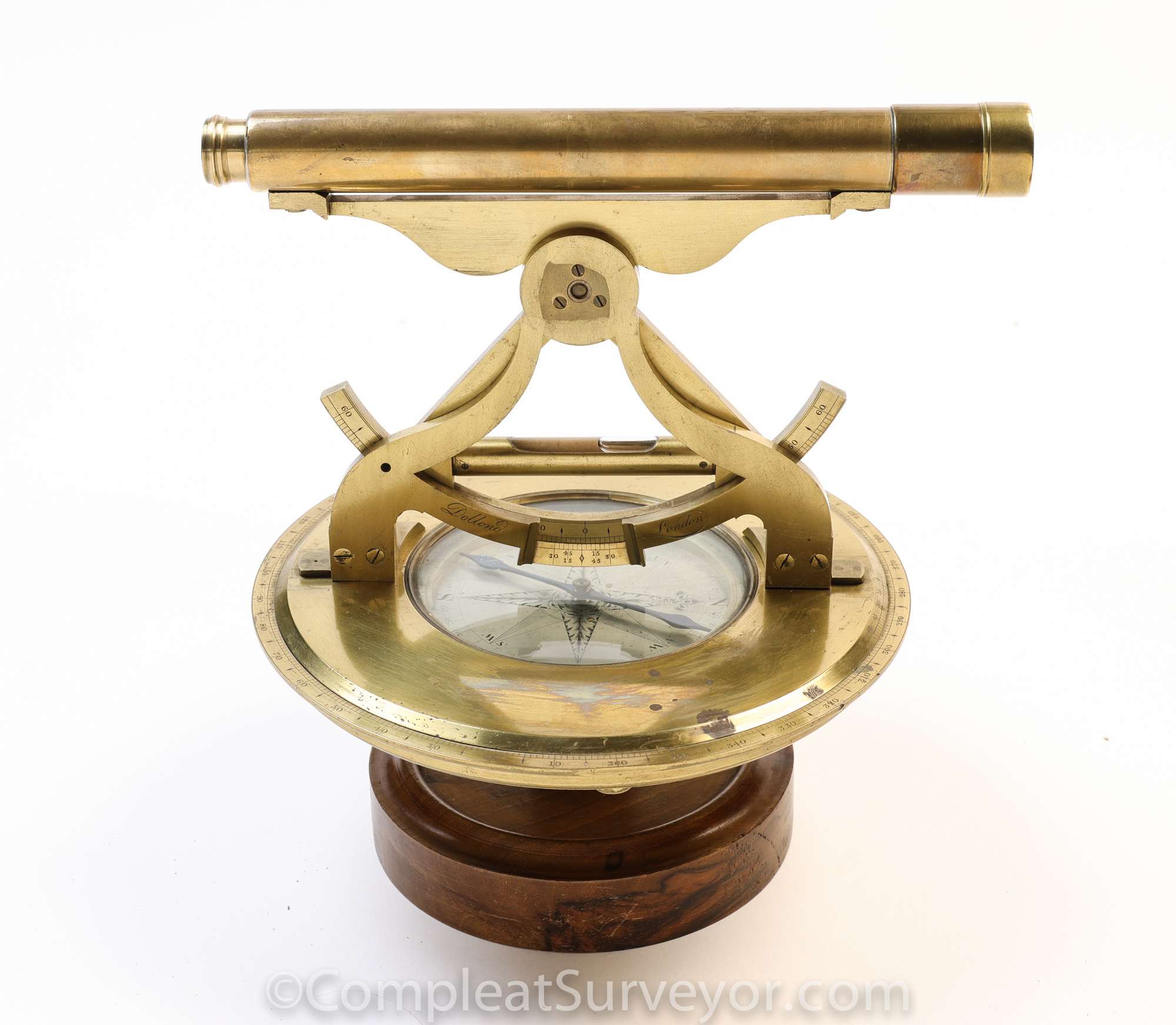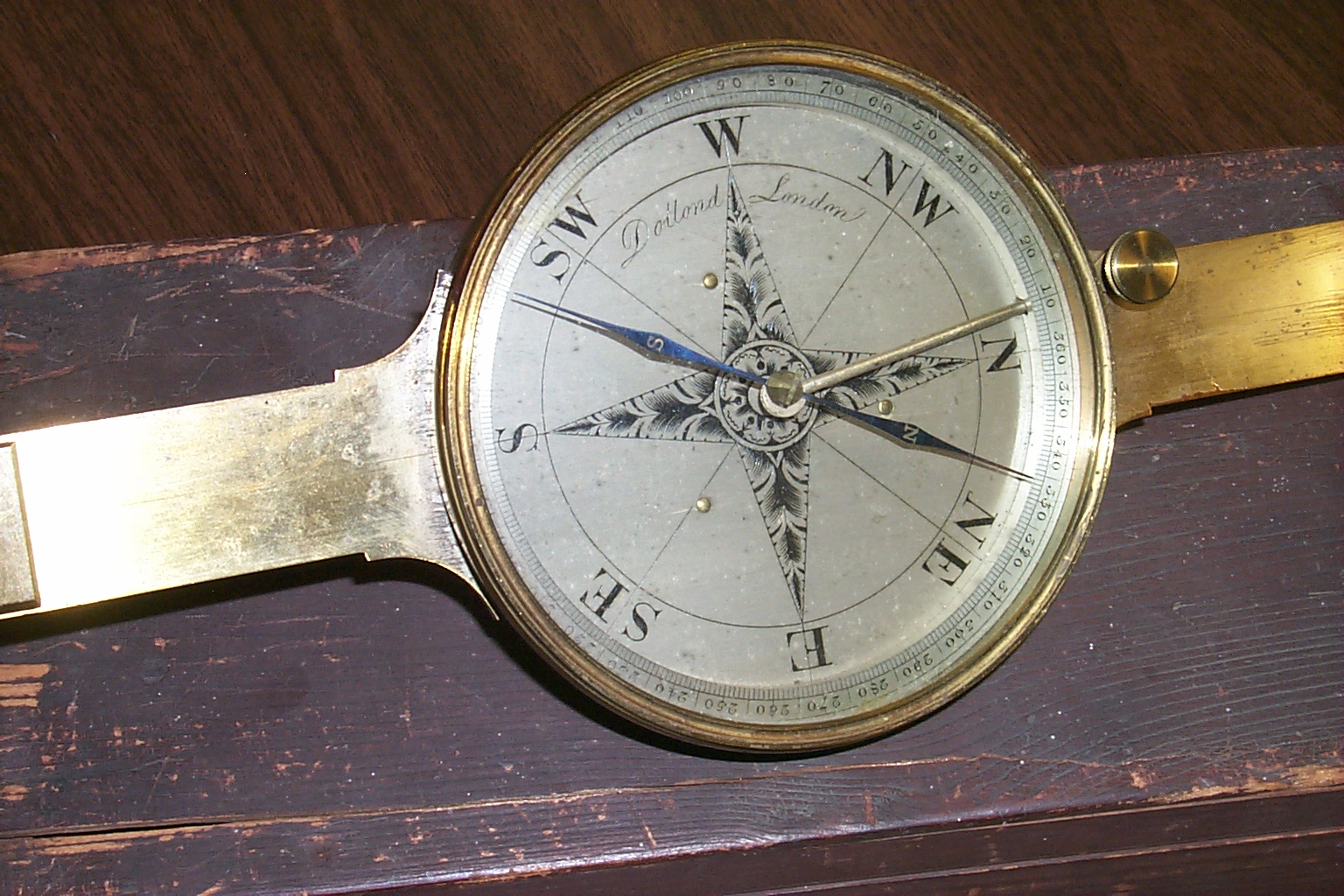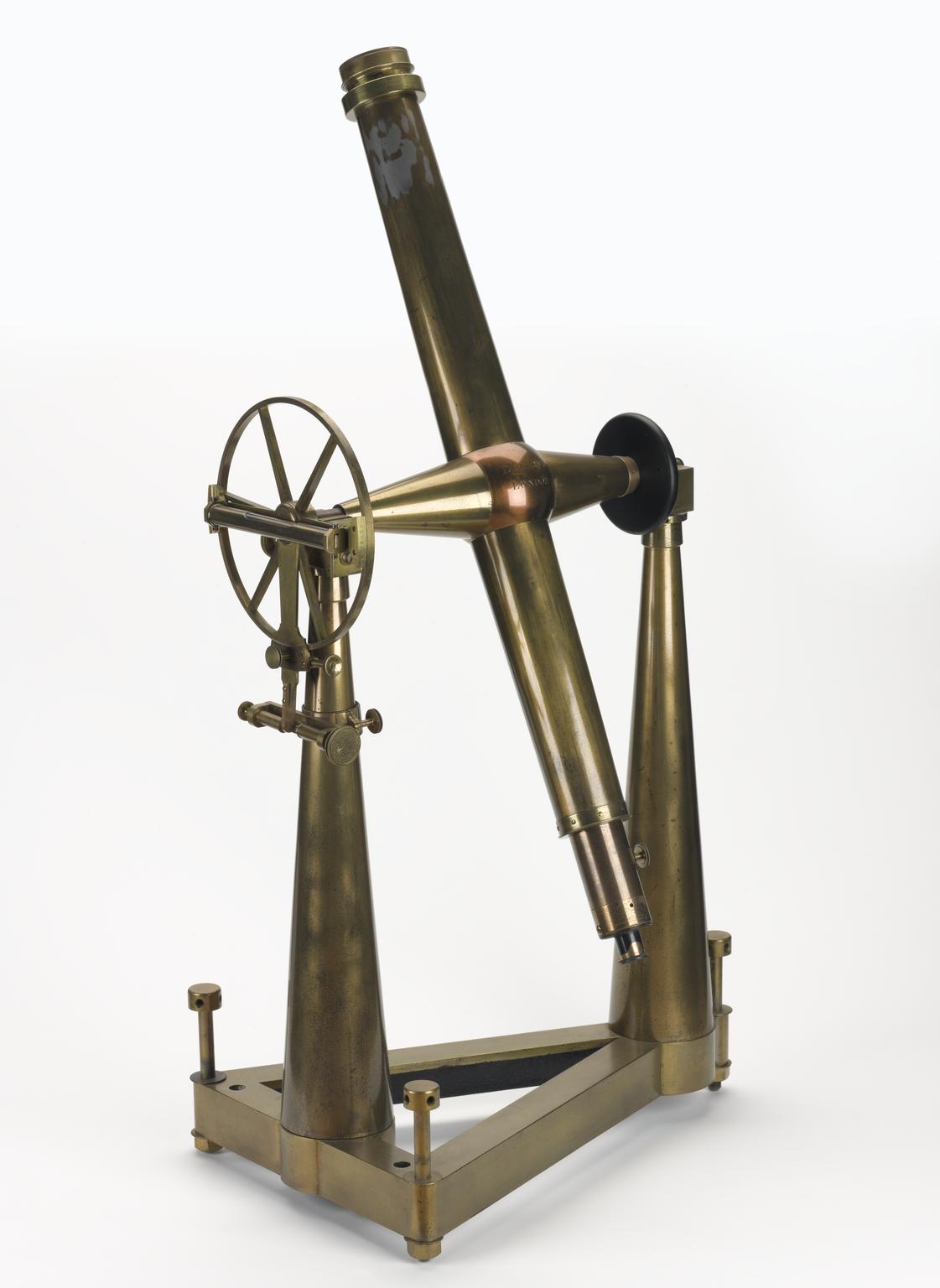
The Dollond Family
The story of the Dollond enterprise starts with John Dollond , who was born in 1706. His father was involved in silk weaving, and John picked up that trade. Because his father died when John was young, John’s formal education was cut short. He managed to teach himself Greek and Latin, and various branches of science and mathematics. Astronomy was a dear hobby, and optics – that science so necessary for astronomy – was an area of particular amateur interest for him.
John Dollond’s son Peter was born in 1730. At first, he worked at silk weaving with his father, but in 1750 he quit the silk business and opened an optician’s shop in Kennington, London. After two years, his father gave up the silk trade, too, and joined Peter.
John Dollond was a brilliant theorist and experimenter. His greatest achievement, by far, was the invention of the achromatic lens. For a century, it had been believed that all lenses – and therefore all telescopes – caused some degree of colour distortion.
A theoretical approach to reduce chromatic aberration was worked out by Leonhard Euler in papers that he published in the Memoires of the Berlin Academy between 1747 and 1753. John Dollond read the paper and conducted experiments to construct an achromatic lens and was the first person to patent the achromatic doublet which was granted on 19 April 1758 for a period of 14 years. However he was not the first to make such lenses. Optician George Bass, following the instructions of Chester Moore Hall, made and sold such lenses as early as 1733. In the late 1750s, Bass told Dollond about Hall's design; Dollond saw the potential and was able to reproduce them.
Dollond appears to have known of the prior work and refrained from enforcing his patent. After his death, his son, Peter, did take action to enforce the patent. A number of his competitors, including Bass, Benjamin Martin, Robert Rew and Jesse Ramsden, took action. Dollond's patent was upheld, as the court found that the patent was valid due to Dollond's exploitation of the invention while prior inventors did not. Several of the opticians were ruined by the expense of the legal proceedings and closed their shops as a result. The patent remained valid until it expired in 1772. Following the expiry of the patent, the price of achromatic doublets in England dropped by half.
Peter Dollond lacked theoretical knowledge, but he had enormous practical skill. In his workshop, he designed and built precision devices for astronomy and celestial navigation. He produced countless refracting and reflecting telescopes and, with his father, built three-foot-long telescopes that could do the work of older telescopes that were 45 feet long. When John Dollond died in 1761, Peter Dollond took on his brother as a partner. When that brother died, Peter Dollond started working with his nephew, George Huggins, who changed his name to George Dollond.
George Dollond, born in 1774, had both his uncle’s mechanical skill and his grandfather’s grasp of theory. He built numerous precision astronomical instruments with exacting attention to detail. He also invented an “atmospheric recorder” by which continuous measurements of temperature, wind, rainfall, humidity, pressure and other weather data were printed on rolls of paper. After Peter Dollond died in 1820, George Dollond ran the family business until his own death, on 13 May 1852, which marked the end of the remarkable Dollond century.
The Dollonds were most famous early on for their telescopes. I you search the internet you will find many examples of early telescopes and microscopes. Interestingly, the Dollonds did not seem to be a major maker of surveying instruments. I expected to find many Dollond telescopic theodolites given the huge advantage the Dollonds' patent gave them with respect to telescopes. I found many more Cole theodolites than Dollond theodolites though. I suspect the Dollonds did not put much emphasis on surveying instruments early on. During my internet search I found only one telescopic theodolite (the one pictured above, few simple theodolites, and a couple of surveyor compasses (I owned one 20 years ago) as well as the surveyor's cross pictured below.
For more information about the Dollond Family of Makers, see the Rudd Article posted on Harvard's website.
Other Dollond Instruments

Dollond Surveyor's Compass - Used in America - Circa 1760

A Circa 1780 Dollond Catalogue - See Theodolites and Circumferentors Offered (Lower Right)
© 2020 Russ Uzes/Contact Me




